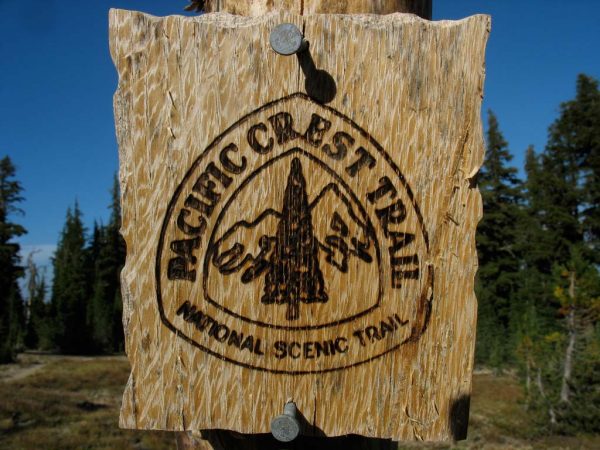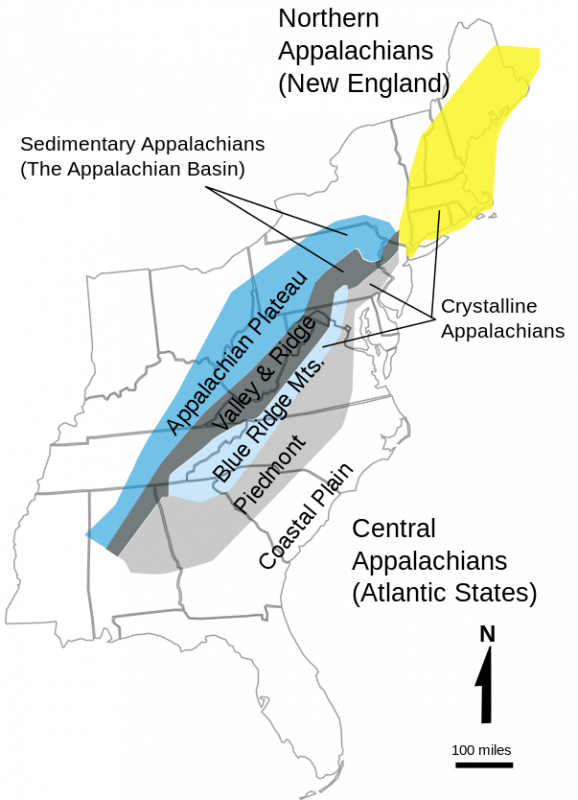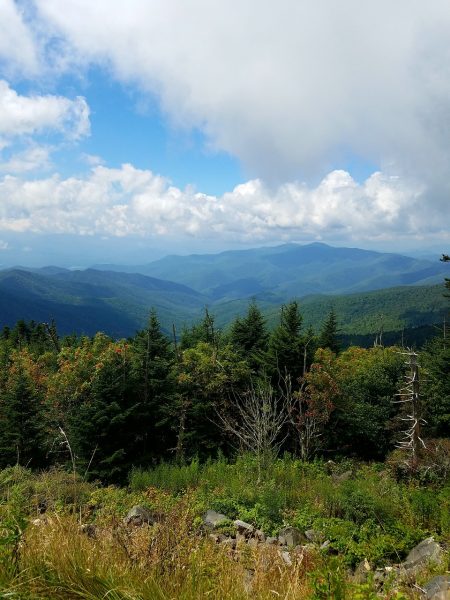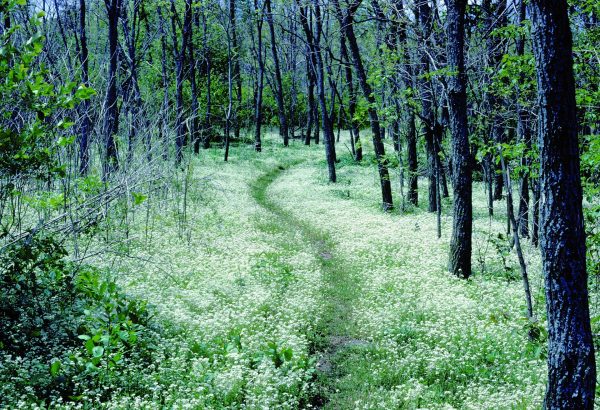Breaking the speed record: How Joe McConaughy mastered the Appalachian Trail
The Appalachian Trail, or the AT, is one of the most trekked paths in North America. Along with its famous counterpart the Pacific Crest Trail (PCT) on the other side of the continent, the AT is one of the two most challenging trails you can find. Many people will hike some of it, with more ambitious hikers traveling along the entire route.
The 2,190-mile trail had a previous record set by Karl “Speedgoat” Meltzer, where he traveled the trail in 45 days, 22 hours at practically running speed. In 2017, however, Joe McConaughy broke Meltzer’s record, reaching the end of the trail in 45 days, 12 hours, setting the new fastest-known time. But how did McConaughy do it?
His backstory

McConaughy was not new to the goal of setting records. He actually ran the PCT back in 2014 and set a speed record for the trail before embarking on the AT. The difference between his two runs was that with the PCT, he had assistance from friends, whether it was the delivery of new gear or replenishing his food stores. It made his load lighter, with his friends bringing him the gear he needed when he needed it instead of hauling 70 pounds of backpack around daily.
He did run into one problem with this plan, however, when a missed meetup caused him to be outside in 40-degree weather without a tent or heavy coat, forcing him to press on instead of getting adequate sleep. His support group, however, made the PCT run possible for him.
When it came to the AT McConaughy had no support crew to help replenish his supplies as needed. Part of the reason that it was thought possible even without the support was that he was using an ultralight pack, with an amazing base weight of 6.8 pounds. Because of his good planning, his full pack only weighed 28 pounds, a fraction of what the average hiking pack weighs. Without a team, however, he was still thoroughly on his own in the wild and had to ensure he had everything he would need before he even began.
The plan

Before setting out on the AT, Joe McConaughy had a plan. He was going to cover about 50 miles of the trail daily, aiming to reach the end of the trail in about 43 days. He would have to achieve the goal by hiking at a pace of about 4 miles an hour. That may seem slow in terms of running, but that is incredibly fast for hiking, especially considering the uneven and unpredictable terrain. But McConaughy wanted to do it.
With the 43-day goal, McConaughy would beat the previous record holder, Meltzer, by more than 2 days and the record holder before Meltzer, Heather Anderson, by 10 days. While his plan was set, the reality, naturally, is much different.
The reality

McConaughy had wanted to achieve 50 miles of ground covered a day, but some days, he missed that target by as much as 20 miles. That would mean in order to make up for the lost mileage, he would have to move faster and hike for longer periods during the following days.
Part of his strategy, however, was not simply to reach the end of the trail, but to use the previous time as the goal. In this logic, even though there were no competitors with him, it would be more like a race than a hike, being pushed by invisible competitors all day, every day.
“I can only do what my body allows and what the trail allows, and if that’s 110 miles in the last 46 hours, then that’s what it is, and if it isn’t, then I’ll be very, very upset with myself. But that’s all I can control,” McConaughy said.
Trail struggles

No matter the amount of planning anyone does before a long journey, there are always unexpected hiccups or setbacks that make everything more complicated than planned. For McConaughy, it was the misinformation about what he could expect through some areas of the trail. Where parts were listed as flat and easy going, he found instead rocky and difficult terrain to navigate.
In these moments, he had genuinely thought that he would be able to push through the challenges and still maintain his daily stride. But pushing our bodies too hard will make the body protest. One day, McConaughy was about 70 miles into his daily hike when he realized he was running out of food.
The ending
The problem that McConaughy faced at the end of his journey was that he had been consuming more calories than he had anticipated. This meant that his supplies were depleting too quickly and there was no hope for replenishing them. He decided to eat his remaining food sparingly, even though prior to rationing, he was eating an estimated 400 to 500 calories an hour.
By the end of his journey, he traveled an amazing 37 hours straight, without sleep and with very little sustenance, all in order to beat the previous record and get his name down in the record books.
The experience
Running an epic trail like the AT does make fans wonder how much of the beautiful scenery McConaughy actually got to see as he ran by it, or whether he was in such a rush that he missed the best sights. But between encounters with snakes, wasps, and rivers, McConaughy’s pictures ensure fans that he did, in fact get to experience nature.
He was also concerned about a major injury to his hamstring, but fortunately, the injury turned out to be simply overuse, something that makes complete sense when you have actually run for the past 45 days. The muscles and the body will naturally get tired.
As for McConaughy’s future, he is now looking toward the Continental Divide Trail. However, when asked whether he would run it, he said “It’s not on my radar to run. Definitely to hike.”
If you have any comments then please drop us a message on our Outdoor Revival Facebook page
If you have a good story to tell or blog let us know about it on our FB page, we’re also happy for article or review submissions, we’d love to hear from you.
We live in a beautiful world, get out there and enjoy it. Outdoor Revival – Reconnecting us all with the Outdoors.





